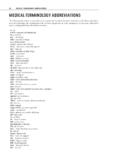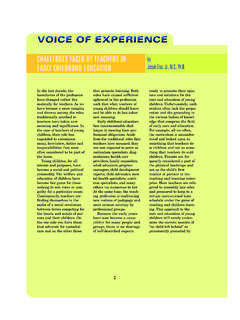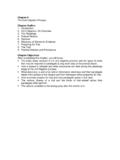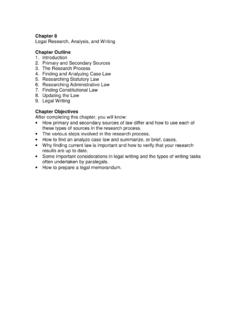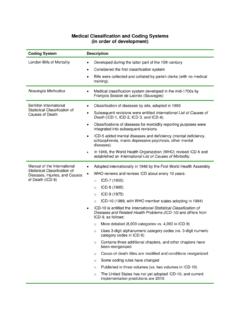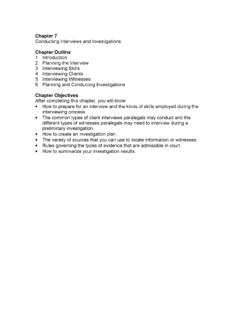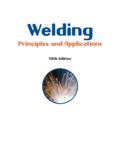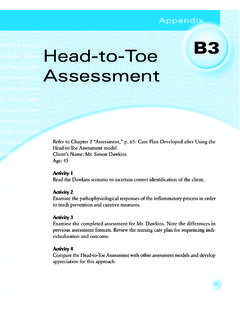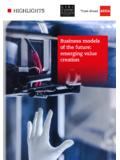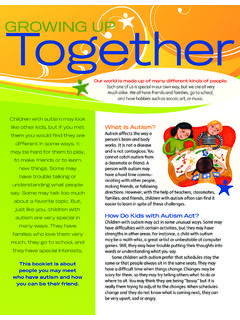Transcription of ADULT/ADULT INTERACTIONS: EXPECTATIONS FOR EARLY …
1 ADULT/ADULT interactions : EXPECTATIONS FOR EARLY CHILDHOODEDUCATORS Do as I say, not as I do. What you do speaks so loudly,I can t hear a word you say. Actions speak louder thanwords. These are phrases Iremember hearing as a childfrom various adults, includ-ing teachers, playmate s par-ents, and older were expressing aphilosophical view abouthow adults believed childrenshould behave. They per-tained primarily toadult/child relationships. Itis often assumed that we donot need to look at our atti-tudes and behaviors towardthe adults we work with inconjunction with our roles increating high-quality pro-grams for an EARLY childhood edu-cator, I have given a greatdeal of thought to thesephrases and what theymight say to teachers andcaregivers as they work withother adults in the earlychildhood setting.
2 I believetheir importance appliesequally to the area ofadult/adult many respects, ourroles as teachers are gearedtoward observing childrenand what they are doing,helping children learn to getalong with each other, andproviding children with theopportunities to developtheir skills to function in agroup. Rarely do we take thetime to reflect on our ownbehaviors and interactionswith other adults, learninghow to work collaboratively,building the skills needed tomanage conflicts and areasof differences. Adult/adultinteractions should become amore intentional and consci-entious part of our day-to-day life in the interactionsare important in developinghigh-quality, accountable, EARLY childhood programsand in creating environ-ments that support growth,development, and group settings thatare designed for young chil-dren cannot achieve theirgoals unless the adults whowork in those settings planand work with each other inmeaningful and productiveways.
3 Yet, outside of therequired staff meetings, usu-ally devoted to administra-tive and curricular needs,the amount of time andattention devoted to actuallycultivating ADULT/ADULT rela-tionships seems to be almostnegligible. While profession-al development opportunitiesand in-service training bringadults together, it is outsidethe day-to-day context of theclassroom. These occasions,however, can be buildingblocks toward more effectiveadult/adult communicationswithin the EARLY s interactionswith each other and withadults, as well as the inter-actions that occur betweenand among adults, mustbecome part of our thinking,planning, and actions inearly childhood need to make more con-scious attempts, however, toensure that ADULT/ADULT rela-tionships are being developedand nurtured, and that theyare focused on functioning inways that benefit children spositive growth, development,and you think about yourinteractions with otheradults.
4 Begin to focus on howadult/adult exchanges canbenefit the children and theprograms that serve about ways you can beaccountable for what chil-dren are learning from thoseinteractions. Think abouthow your interactions with184byEd Greene, , 7/7/03 8:10 PM Page 184other adults can affect thetype and quality of experi-ences that you create foryoung children. Positiveadult/adult interactionoccurs when: Adults take time toengage in joint planning,based on their collectiveobservations and anecdot-al records. Adults interact by com-municating and sharinginformation about chil-dren and their families. Dialogue and problem-solving help determinehow and what teachingexperiences and learninggoals might be made moreeffective for the children.
5 There is a mutualexchange of ideas aboutthe learning environment,and about sharing tasksand responsibilities forsetting up projects, rear-ranging the classroom,caring for the classroompets, and other there are fewresearch studies that specif-ically look at the relation-ship between the ability ofadults to work competentlywith each other and theeffects this has on outcomesfor children, it is interestingto note that validated cur-riculum models tend to talkabout this ( , High/Scope,The Creative Curriculum).These curriculum modelsemphasize the importanceof team planning and ofsharing information andresponsibilities for theclassroom and the are other materialswritten about the nature ofadult/adult relationshipsthat deal with powerdynamics and struggles thatcan interfere with the wayin which staff are perform-ing in various settings(Bloom et al.)
6 , 1991).Positive and consistentadult/adult interactions openup opportunities for commu-nication about how childrenare growing and learningand how that developmentcan be supported. It is rarethat you will find programsthat provide staff develop-ment and training based onprinciples of adult learning,coaching to help teacherslearn to work collaboratively,or conflict managementstrategies. It is critical,therefore, to think about howyour interactions with otheradults can contribute to chil-dren becoming capable, con-fident, and competent. Twoexamples may be useful:(1)Talk with all the otheradults about what you allare it comestime to plan, focus on thegoal(s) that you want toachieve with a particularchild or group of , as a team,decide what type of expe-riences will foster thegoal(s).
7 Then divide upthe responsibilities forgathering, setting up, orputting away materialsand equipment for theproject. The idea is tothink as a team: Whyare we here? and Howdo children grow, develop,and learn? You are beginning tocreate an atmosphere oftrust, which is importantfor young children. Theyneed to know they aresafe emotionally, physi-cally, and of the ways thatadults can help buildthis atmosphere of safetyis to work collaborative-ly. The reason you arethere first and fore-most is to provideinformed, professionalcare and education forthe children. The focuson the question, Whyare we here? should pro-vide a context for theconversations and inter-actions among andbetween need to interactwith each other in waysthat promote their devel-opment as learners andproblem-solvers as theyengage in the teachingand learning process.
8 Inhis work on theories ofadult learning, MalcolmKnowles (1984) suggeststhat adult learning isproblem-centered ratherthan content is not to say thatcontent for the children sprogram is not a criticalfactor. Rather, the inten-tion is for adults to focuson their process of plan-ning and implementa-tion as a way to 7/7/03 8:10 PM Page 185(2)Create opportunities for quality adult time. Another way in whichadult/adult interactionscan be enhanced isthrough a period of quali-ty adult time. VirginiaSatir suggests that theability to engage in posi-tive ADULT/ADULT communi-cation impacts the inter-personal dynamic. Qualityadult time can be fiveminutes or longer if youcan manage.
9 The point isto build trust amongadults and learn that it isimportant to have time toshare feelings or experi-ences that may or may nothave anything to do withthe classroom. I mightshare a new hobby or talkabout a situation with achild in my class, or thetopic may be of a morepersonal nature. In anycase, I need my colleaguesto be aware and give meany support they , when we do nothave this kind of atmos-phere that promotes hon-est and trusting adultrelationships, there aremisinterpretations or attitudinal problemsthat become internalizedand affect the climate ofthe classroom as well asthe interaction the quotesat the opening of this discussion? Revised, theycan guide our adult/adultrelationships and influ-ence the interactionsbetween all of the mem-bers of the teaching/learning community wecall EARLY childhood education.
10 My actions speak louderthan my words. It is confusing for peopleto see me do things that arecontradictory to what I amsaying. What I do speaks so loud-ly that people cannot hear aword I am saying. 186Ed Greene, , EM Greene Associates, is aconsultant in the areas of child develop-ment, EARLY learning, and children s mediaenvironments. Ed has worked over 30 yearsin the field of EARLY care and education as aninfant caregiver, preschool teacher, K-12alternative education teacher, teacher educa-tor, professional development trainer, andonline and distance learner instructor. Edserved on the governing board of NAEYC,and is presently a member of the Council forProfessional Recognition and EarlyChildhood Equity Alliance as well as otherorganizations.

